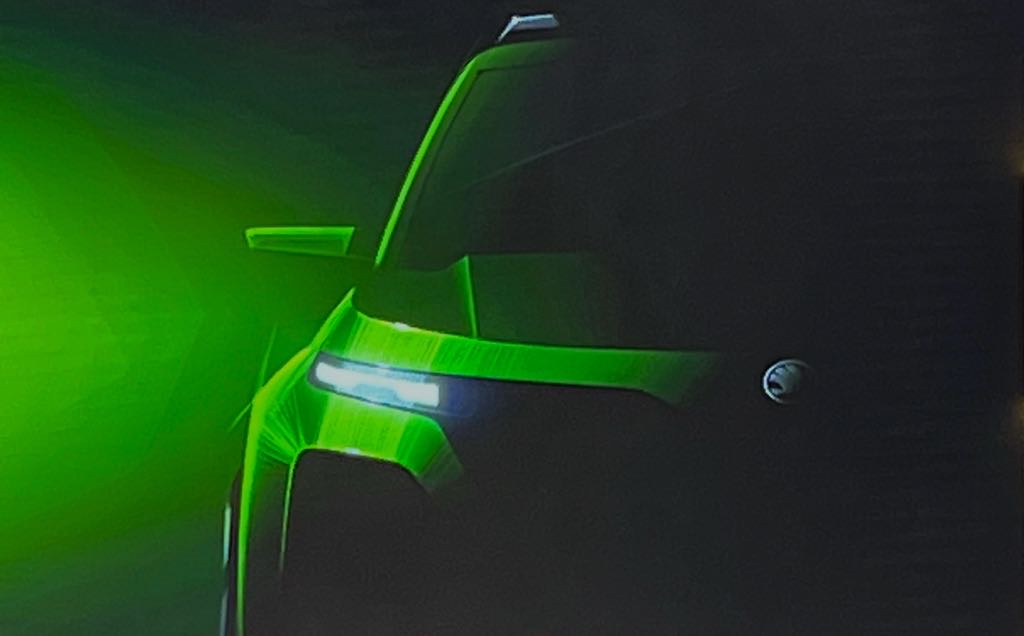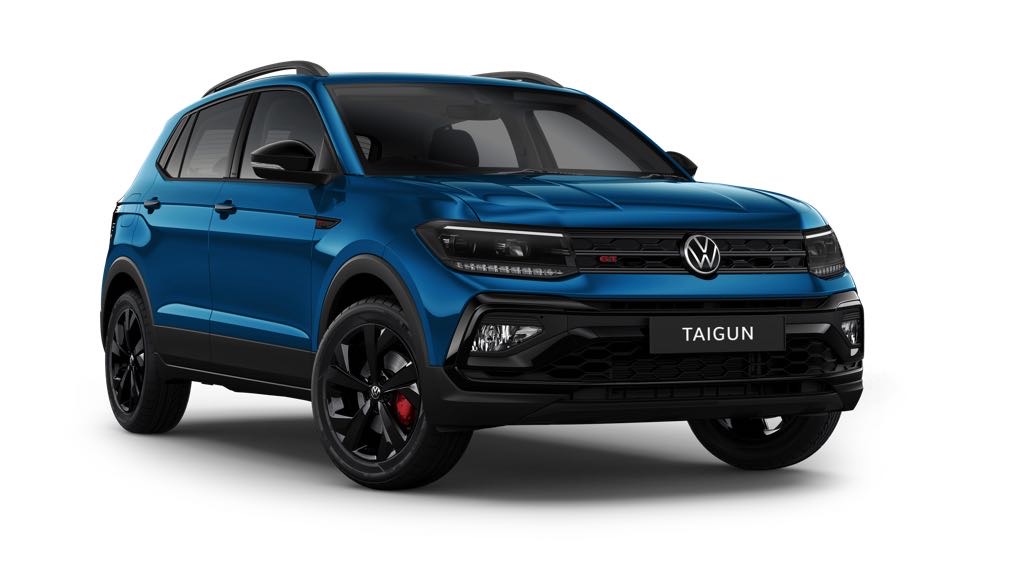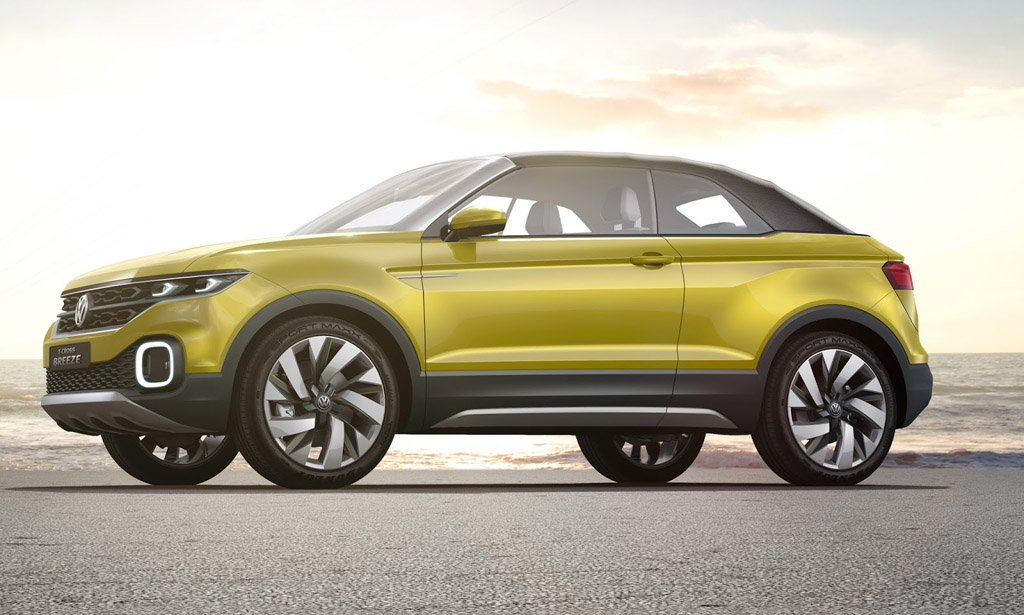
Volkswagen’s upcoming compact SUV will also be offered with a 1.5 GT variant
Volkswagen India is preparing to enter the highly competitive sub-compact SUV segment in 2026 with a new model based on the Skoda Kylaq. This move marks a significant shift in VW’s strategy, reflecting the growing importance of the sub-4-metre SUV category in India.
Design and Platform Sharing
Volkswagen’s upcoming compact SUV will share its mechanical platform with the Skoda Kylaq, continuing the Volkswagen Group’s strategy of platform sharing to optimise costs and development time. Despite their mechanical similarities, the two SUVs will be visually distinct. The VW version will feature significant design changes to align with the brand’s global design language. Updates are expected in areas such as the grille, headlights, tailgate and bumpers, giving the model a clear Volkswagen identity.
Past Hesitations and Market Dynamics
Volkswagen had initially been reluctant to enter the sub-4-metre segment in India, citing concerns over profitability. The sub-4-metre market benefits from unique tax breaks, making it attractive, but VW was sceptical due to previous challenges, such as the failure of the Ameo sedan. Developed with an investment of approximately 70-75 million euros, the Ameo sold only 32,000 units between 2016 and 2020, leading VW to question the viability of the segment.
A key reason behind VW’s initial hesitation was its global strategy to divide responsibilities between its brands. Skoda was tasked with leading the development of internal combustion engine vehicles in India, while Volkswagen focused on electric vehicles. Under this approach, Skoda was responsible for ICE models like the Kylaq, built on the MQB A0 platform. Meanwhile, VW planned to exit the ICE market in India by 2028, focusing instead on building an EV portfolio.
A Strategic Shift
However, the reality of India’s evolving automotive market has led to a change in VW’s plans. The transition to EVs has been slower than anticipated and both VW and Skoda are lagging in the EV race, with no mass-market electric vehicle expected before 2027. The growing demand for compact SUVs, coupled with the slower adoption of EVs, has prompted VW to reconsider its approach. Entering the compact SUV segment will allow the brand to remain competitive in a market where consumer preference continues to lean heavily towards SUVs.
Cost-Efficient Development
For Volkswagen, developing its version of the Kylaq will be a relatively cost-efficient process. With most of the heavy lifting already done by Skoda, the development of the VW model is expected to cost around 25 million euros. This includes modifications to the exterior design and minor updates to the interior, allowing VW to differentiate its offering without significant additional investment.
Features and Powertrain
Mechanically, the VW compact SUV is expected to mirror the Skoda Kylaq, featuring the same MacPherson strut front suspension, rear twist beam axle, and a 115 HP, 1.0-litre direct-injection turbo-petrol engine. This engine choice will keep the vehicle eligible for the tax benefits that apply to cars under 4 metres with a petrol engine under 1.2-litre. Volkswagen may also offer a performance-oriented 1.5-litre ‘GT’ version for customers seeking more power, though this would come without the tax benefits of the smaller engine.
Challenges in a Crowded Market
Volkswagen will face stiff competition in India’s compact SUV segment, which has become the largest and most crowded part of the market. With established models from competitors already commanding significant market share, VW will need to ensure that its product stands out. The challenge lies in crafting a vehicle that resonates with Indian car buyers while adhering to the constraints of the sub-4-metre category.




